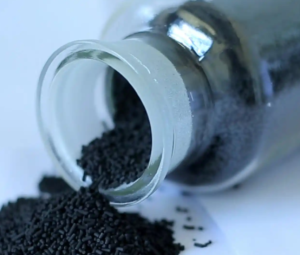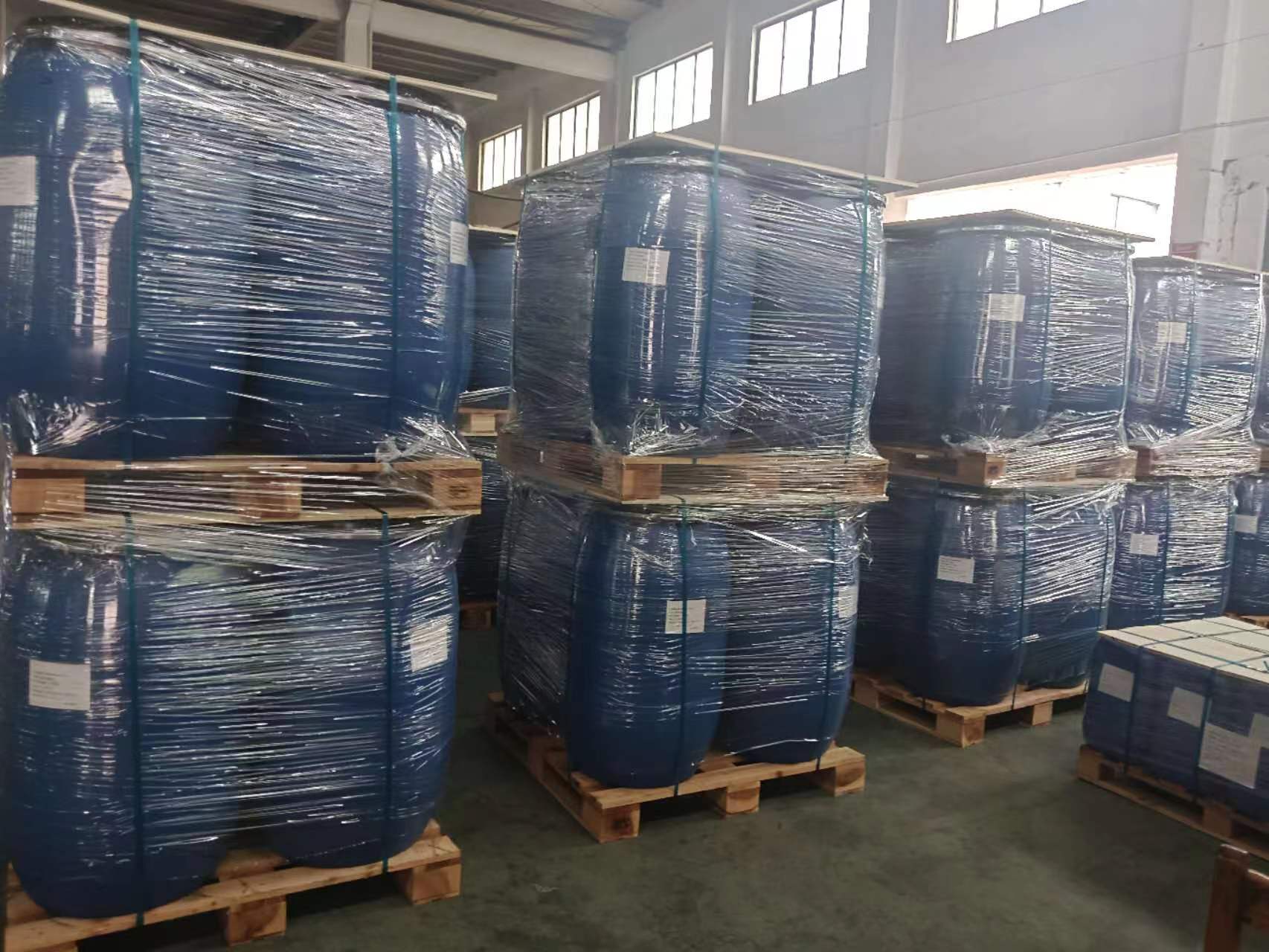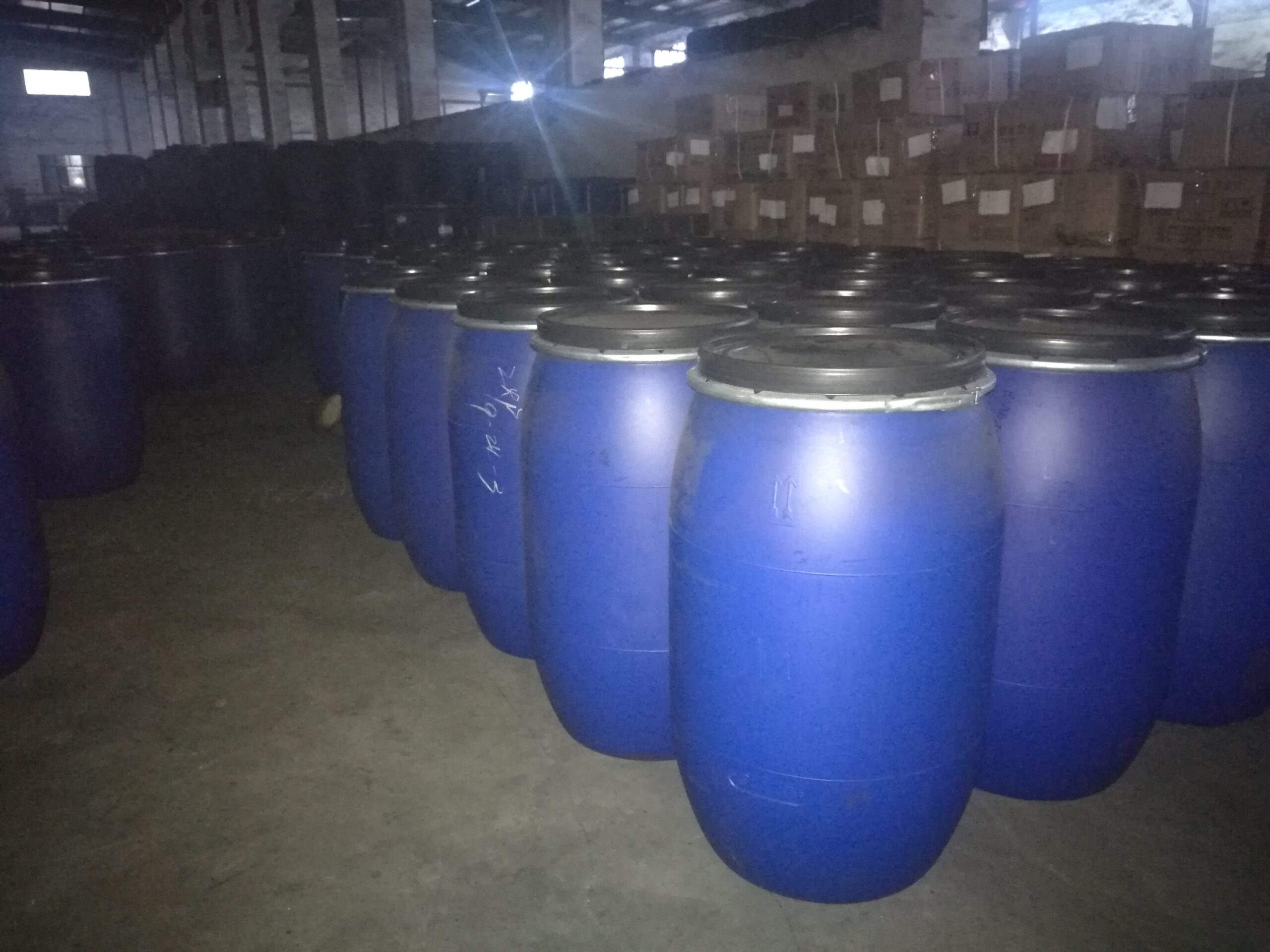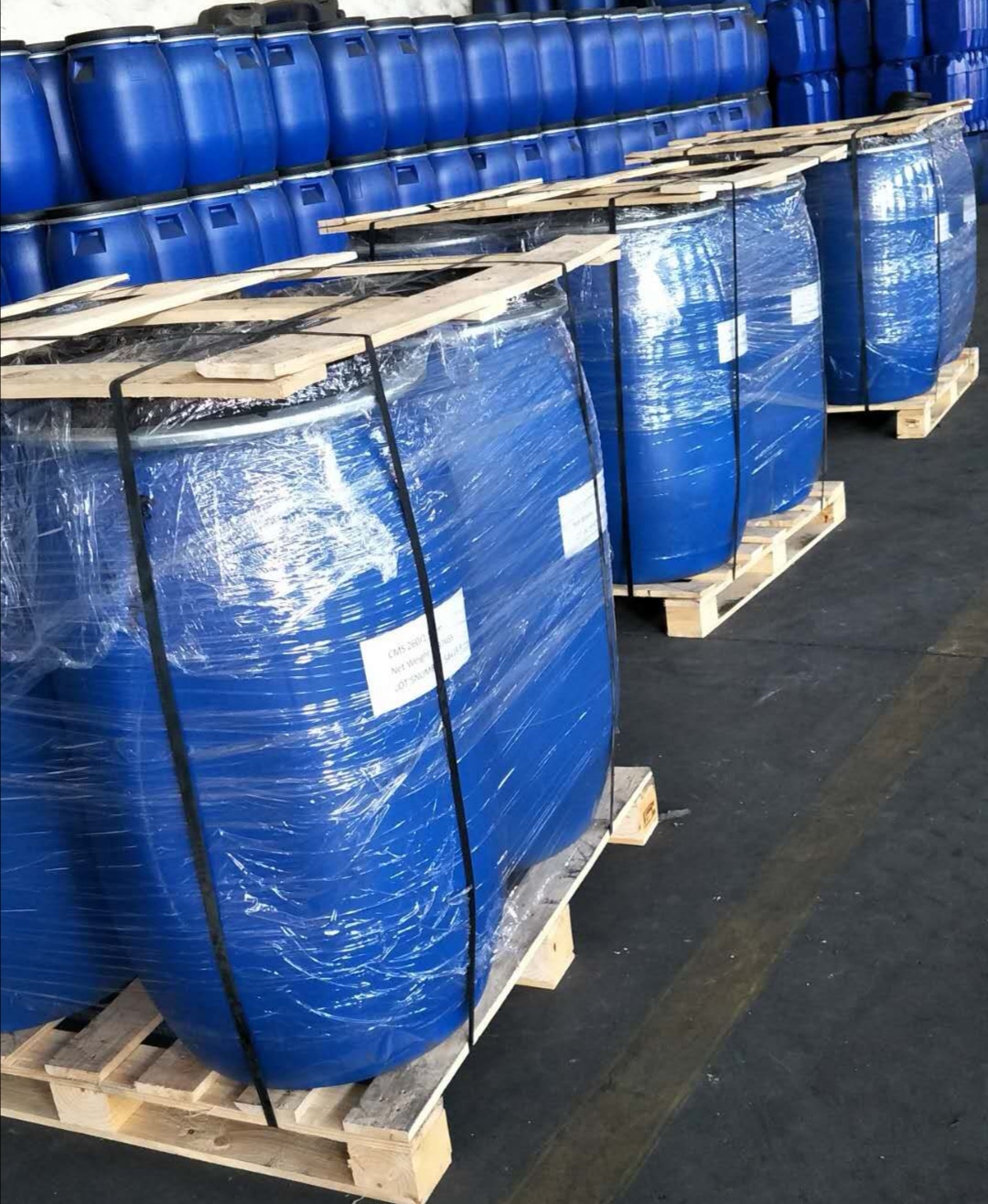what’s carbon molecular sieve and what’s the working principle of carbon molecular sieve?
What’s carbon molecular sieve ?
Carbon Molecular Sieve (CMS) are a new type of adsorbent which developed in the 1970s. They are an excellent non-polar carbon material. Carbon molecular sieves (CMS) for nitrogen production are used to separate air and enrich nitrogen. The nitrogen process is carried out at normal temperature and low pressure, which has less investment cost than the traditional deep cryogenic and high pressure nitrogen process. It has the advantages of fast nitrogen production rate and low cost of nitrogen.
Its ability to separate air depends on the different diffusion rates of various gases in the air in the micro pores of carbon molecular sieves, or different adsorption forces, or both effects at work simultaneously. The PSA air separation nitrogen production by carbon molecular sieves is based on this performance. Therefore, it is the preferred pressure swing adsorption (abbreviated as P.S.A) nitrogen-rich adsorbent for air separation in the engineering field. This type of nitrogen is widely used in the chemical industry, oil and gas industry, electronics industry, food industry, coal industry, pharmaceutical industry, cable industry, metal heat treatment, transportation and storage, etc.
The main component of carbon molecular sieves is carbon, and they appear as black columnar solids. Because it contains a large number of micro pores with a diameter of 4 angstroms, these micro pores have a strong instantaneous affinity for oxygen molecules and can be used to separate oxygen and nitrogen in the air. In industry, pressure swing adsorption (PSA) devices are used to produce nitrogen. Carbon molecular sieves have a large nitrogen production capacity, high nitrogen recovery rate and long service life. They are suitable for various types of pressure swing adsorption (PSA) nitrogen generators and are the preferred product for pressure swing adsorption nitrogen generators.
Carbon molecular sieves have been a monopolized product of Japan and Germany for a long time, they held 80% of the domestic market share before 2000, and this was even more so in the international market. Carbon molecular sieve technology was later introduced to China. Domestic carbon molecular sieve manufacturers are mainly distributed in Huzhou, Shandong, Xuancheng and other places. Domestic molecular sieves have gradually captured a large share of the market with their excellent quality and attractive prices.
In 2012, the domestic market mainly adopted medium and low-grade carbon molecular sieves, with an annual total demand of over 6,000 tons. With the continuous development of China’s economy, the scale of industry, especially the chemical industry, has been expanding, and the demand for carbon molecular sieves will increase year by year. China attaches great importance to the safety of coal mines, oil fields and oil tankers, and mandated that oil fields and oil tankers be equipped with PSA nitrogen generators. The demand from the electronics industry and the materials industry has further expanded the domestic demand for carbon molecular sieves. According to the survey, the average annual growth rate has been above 80% since 2000, and the domestic market has a very broad prospect.
With the continuous maturation of pressure swing adsorption (PSA) technology, the application fields of nitrogen generators are becoming increasingly broad, and the international demand for carbon molecular sieves is also growing. The demand in developed countries such as Europe and the United States has been steadily increasing every year, and the demand in developing countries is even more rapid, growing at a rate of several times each year. Conservatively estimated, the total international demand for carbon molecular sieves in 2013 was over several hundred thousand tons.
According to the analysis of domestic and international experts, the carbon molecular sieve industry shows the following development trends: Firstly, as the application scope of pressure swing adsorption nitrogen generators continues to expand, the demand for carbon molecular sieves is constantly increasing, which will further promote the development of the industry. In the coming years, this industry will change from an obscure one to a well-known one. Secondly, as the application depth increases, the requirements for the nitrogen production, nitrogen recovery rate, bulk density, compressive strength and other indicators of carbon molecular sieves are getting higher and higher. Further improving the performance indicators of the products will be the major trend of the future development of this industry. Thirdly, as carbon molecular sieves are the main components of pressure swing adsorption nitrogen generators and account for over 70% of the total cost of the equipment, reducing costs will be an important condition for promoting the development of this industry. In the coming period, enterprises will constantly explore the adoption of new materials and new processes, striving to achieve the highest level at the lowest cost.

The working principle of carbon molecular sieve:
Carbon molecular sieves separate oxygen and nitrogen by taking advantage of the sieving property. When molecular sieves adsorb impurity gases, macro pores and mesopores only serve as channels, transporting the adsorbed molecules to micro pores and sub micropores, which are the volumes that truly perform the adsorption function. As shown in the previous figure, the carbon molecular sieve contains a large number of micro pores inside. These micro ores allow molecules with small kinetic dimensions to rapidly diffuse into the pores while restricting the entry of large-diameter molecules. Due to the differences in the relative diffusion rates of gas molecules of different sizes, the components of gas mixtures can be effectively separated. Therefore, when manufacturing carbon molecular sieves, the distribution of micro pores inside the carbon molecular sieves should be between 0.28 and 0.38nm, depending on the size of the molecules. Within this range of micro pore sizes, oxygen can rapidly diffuse through the pore openings into the pores, while nitrogen has great difficulty passing through them, thus achieving the separation of oxygen and nitrogen. The pore size of micro pores is the basis for the separation of oxygen and nitrogen by carbon molecular sieves. If the pore size is too large, both oxygen and nitrogen molecular sieves can easily enter the micro pores and fail to achieve the separation effect. However, if the pore size was too small, neither oxygen nor nitrogen can enter the micro pores, and thus the separation effect cannot be achieved.
Due to the limitations of certain conditions, domestic carbon molecular sieve is not controlled the pore size very well. The micro pore diameters of carbon molecular sieves available on the market range from 0.3 to 1nm, while only Japanese carbon molecular sieve achieve a diameter of 0.28 to 0.36nm. The raw materials of carbon molecular sieves include coconut shells, coal, resin, etc. The first step is to process and then powder them, and then mix them with the base material. The base material is mainly used to increase strength and prevent breakage and pulverization. The second step is to activate and create pores. An activator is introduced at a temperature of 600 to 1000 degrees Celsius. Commonly used activators include water vapor, carbon dioxide, oxygen, and their mixed gases. They undergo thermochemical reactions with more active amorphous carbon atoms to expand the specific surface area and gradually form pores. The activation and pore-forming time varies from 10 to 60 minutes. The third step is pore structure adjustment, which utilizes the vapor of chemical substances, such as benzene, to deposit on the micro pore walls of carbon molecular sieves to adjust the pore size to meet the requirements.
The research and development of carbon molecular sieves in China began in the 1980s, approximately twenty years later than that in the United States. At that time, the carbon molecular sieves mainly available in the international market were produced by German BF and Japanese Takeda, with a price of approximately 200,000 yuan per ton. However, their nitrogen production capacity was around 100NM3/h.t. By the 1990s, it was upgraded to 185NM3/h.t. At that time, the nitrogen production of domestic carbon molecular sieves was only 140NM3/h.t. Although the index lagged behind by nearly 30%, it also rewrote the history that China could only rely on imported carbon molecular sieves and achieved a leap from nothing to something! Moreover, due to the low price of domestic carbon molecular sieves, the price of imported carbon molecular sieves has dropped significantly, saving foreign exchange for the country while also promoting the vigorous development of domestic PSA nitrogen generation facilities.
After more than two decades of development, domestic carbon molecular sieves have achieved breakthrough progress, with nitrogen production reaching 220 to 260NM3/h. After multiple startup comparisons between the carbon molecular sieves produced by china and those of foreign brands on the same model by domestic and foreign nitrogen generator manufacturers, it has been proved that the technology and quality of the carbon molecular sieves produced in China have reached the world’s advanced level. Among them, the gas production performance and time response have exceeded the international level, and have received unanimous praise from the domestic and foreign PSA nitrogen generation industry. Chinese Carbon molecular sieve have been exported to countries in the United States, Europe, and Asia etc. Moreover, their export volume has long surpassed the import volume of that year, once again rewriting the history of no export of carbon molecular sieves in China and achieving a second leap from import to export!
While domestic carbon molecular sieves are selling well worldwide for their high quality and low price, there is still much work to be done for carbon molecular sieves and PSA nitrogen generation equipment. First, actively develop environmentally friendly carbon molecular sieve production processes to create a foundation for the development of carbon molecular sieve enterprises into large and medium-sized large-scale enterprises. Second, carbon molecular sieve brands can be further classified into energy-saving type, common nitrogen type and long-cycle type, etc., based on the process requirements of different nitrogen-using sites. Furthermore, in terms of the industry, actively explore friendly competitive development models among peers, such as strong alliances and capital alliances, to create international brand enterprises.
We believe that through our further efforts, China’s carbon molecular sieves will be made better and stronger.

Conditions to Be Controlled for Nitrogen Production with Carbon Molecular Sieve:
- Air compression purification process
It is very necessary for the pure raw air to enter the carbon molecular sieve adsorption tower, because the entry of particles and organic air into the adsorption tower will clog the micro pores of the carbon molecular sieve and gradually reduce its separation performance.
The methods for purifying raw air include: 1. Keeping the air intake of the air compressor away from places with dust, oil mist and organic air; by using the refrigerated dryer, adsorbent purification system, etc., the processed raw air finally enters the carbon molecular sieve
adsorption tower.
- The purity and production rate of nitrogen
When carbon molecular sieves are used to produce nitrogen, the N2 purity and gas production rate can be adjusted arbitrarily according to the user’s needs. When the gas production time and operating pressure are determined, reducing the gas production rate will increase the
N2 purity; conversely, it will decrease the N2 purity. Users can adjust according to their actual needs.
- Equalization time
During the nitrogen production process with carbon molecular sieves, when the adsorption in one adsorption tower is completed, the pressurized gas in this adsorption tower can be injected into another regenerated adsorption tower from both the top and bottom directions, and the gas pressure in both towers can be made the same. This process is called pressure equalization of the adsorption tower. By choosing an appropriate pressure equalization time, energy can be recovered and the impact on the molecular sieves in the adsorption tower can also be reduced. So as to extend the service life of carbon molecular sieves. The switching speed of the reference valve is generally selected with a equalization time of 1 to 3 seconds.
- Gas production time
Due to the different absorption and diffusion rates of oxygen and nitrogen by carbon molecular sieves, the adsorption of O2 reaches equilibrium in a short time. At this point, the adsorption of N2 is very small, and the shorter gas production time can effectively increase the gas
production rate of carbon molecular sieves. However, it also increases the action frequency of the valve. Therefore, the performance of the valve is also very important. The adsorption time is generally selected to be 30 to 120 seconds. Small high-purity nitrogen generators are
recommended to use short gas production times, while large low-concentration ones are recommended to use long gas production times.
- Operating pressure
Carbon molecular sieves not only have kinetic effects but also equilibrium adsorption effects. The partial pressure of the adsorbate is high, and so is the adsorption capacity. Therefore, pressurized adsorption is beneficial. However, if the adsorption pressure is too high, the
requirements for the selection of air compressors will also increase. In addition, the requirements for adsorption pressure in the atmospheric pressure regeneration and vacuum regeneration processes are also different. Considering all factors, It is recommended that the adsorption
pressure of the atmospheric pressure regeneration process be selected as 5 to 8Kg/cm ². The adsorption pressure for the vacuum regeneration process is preferably selected at 3 to 5Kg/cm ². [1]
- Operating temperature
Choosing a lower adsorption temperature as an adsorbent is conducive to the performance of carbon molecular sieves. Under conditions permitting, it is beneficial for the nitrogen generator process to adopt a lower adsorption temperature.
Product Packaging and Usage:
- All the product is strictly tested in accordance with the enterprise standards before leaving the factory to ensure that the quality indicators are qualified.
- The product is packed in sealed vacuum plastic drums with good sealing performance. It should be opened only when filled and used to strictly prevent moisture absorption.
- The filling must be tight. It can be compacted by an appropriate method. Do not directly pound it with the tip of a stick.
The composition of the system:
The PSA-N2 refining unit is composed of a mixer, a catalytic reactor, an after cooler, a cyclone separator, a filter, an adsorption dryer, an oxygen analyzer, a flow meter and a nitrogen buffer tank for the product. Process diagram. Adjust the hydrogen blending amount entering the feed stock gas based on the actual oxygen content continuously monitored. In order to minimize the excess hydrogen, a specially designed mixing device and a hydrogen control system with high precision are adopted. The mixed gas then enters a catalytic reactor, where hydrogen and oxygen undergo an exothermic reaction and are converted into water vapor. Most of the water vapor can be condensed through a post-cooler, and the condensate water is removed by a high-efficiency water separator. Subsequently, according to the dew point of the required product, it is dried by a refrigerated dryer or an adsorption dryer. The refrigerated dryer can obtain product gas with a dew point of -25℃ at normal pressure. When the dew point is lower than -40℃, an adsorption dryer needs to be used. The purity of the product gas is continuously monitored by an oxygen analyzer. Empty it when the purity of the product gas is lower than the customer’s requirements. The entire system is operated through automatic control and does not require operators



